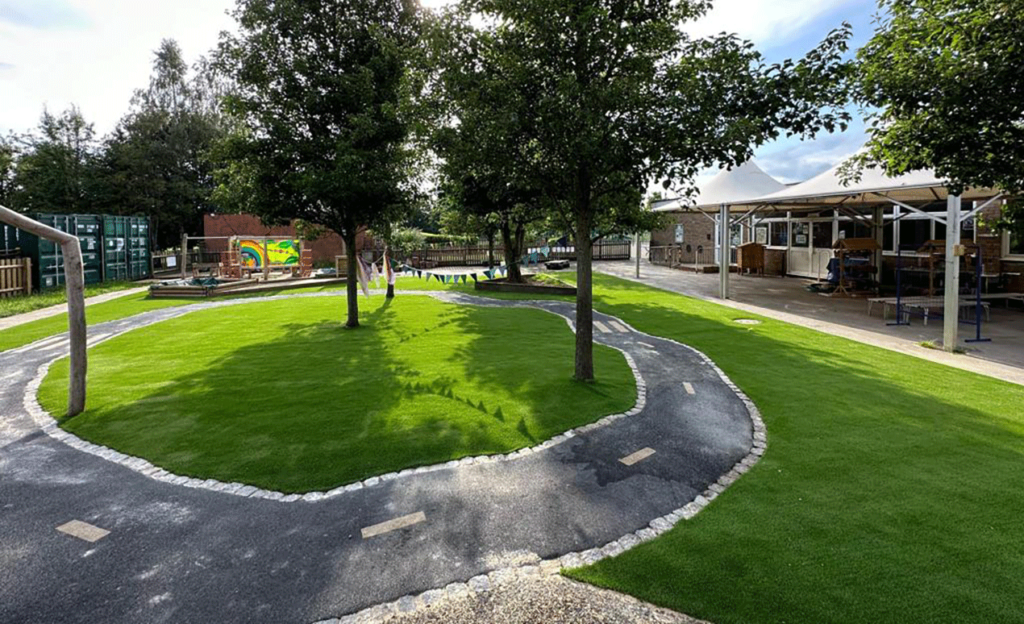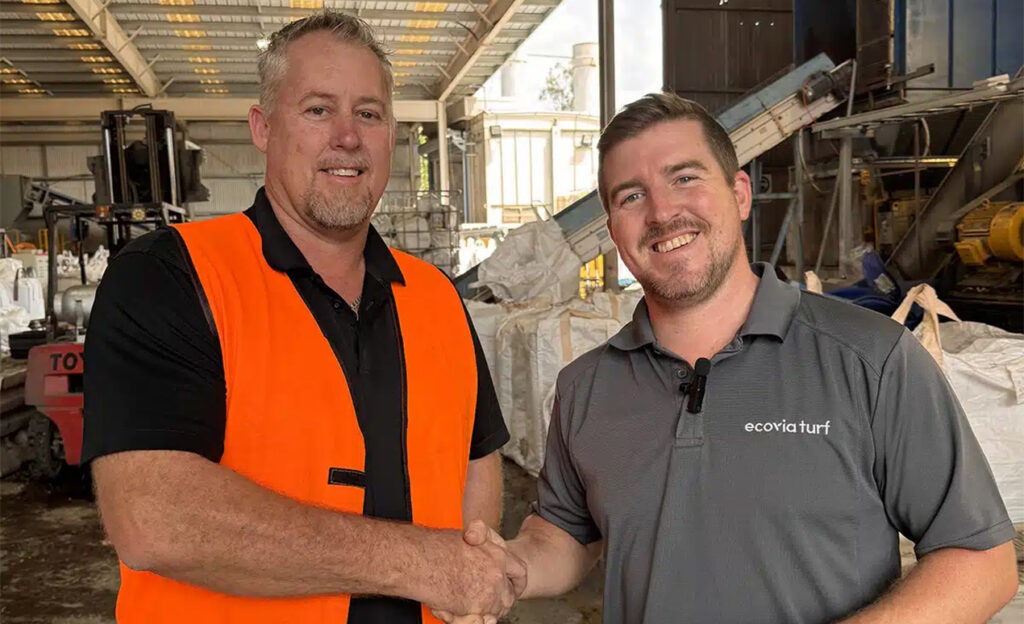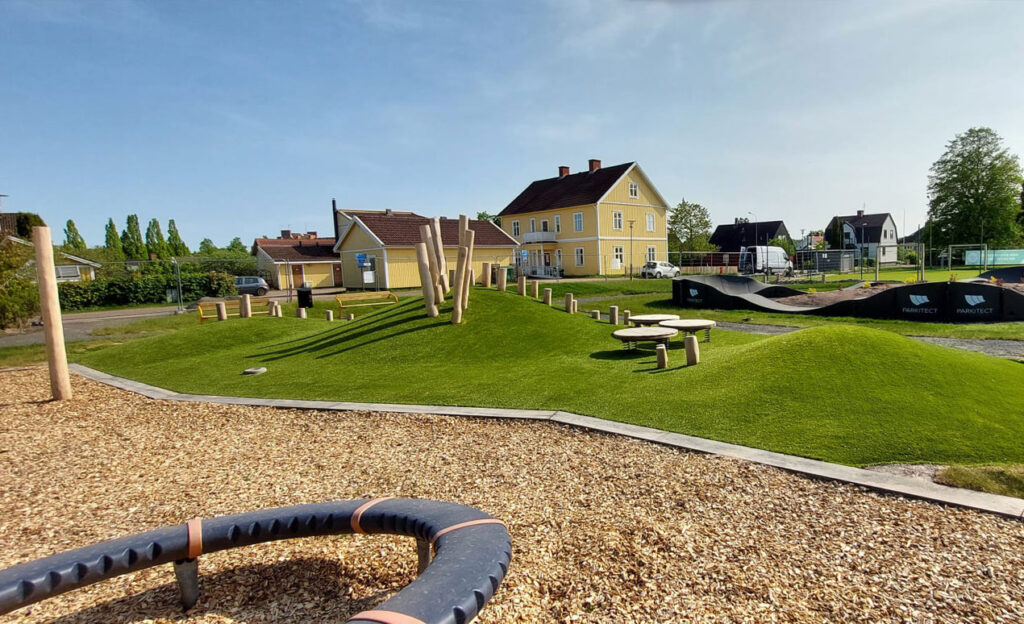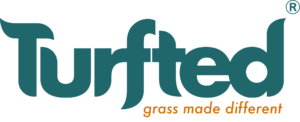The artificial turf industry in the Netherlands is on the verge of a significant transition with the introduction of the Product Environmental Footprint Category Rules (PEFCR) specifically for artificial turf. These new rules, developed by the European Commission, focus on accurately measuring and reducing the environmental impact of artificial turf products. A noteworthy addition to the PEFCR for artificial turf is the category of ‘Microplastics’. In this article, we dive deeper into what PEFCR means for the artificial turf industry and why microplastics play a crucial role in this development.
What is PEFCR?
Product Environmental Footprint Category Rules (PEFCR) are standardized guidelines that specify how the environmental impact of products within a certain category should be calculated. They build upon the broader Product Environmental Footprint (PEF) method, which provides a uniform way to measure the ecological footprint of products throughout their entire lifecycle—from raw material extraction to end-of-life.
For the artificial turf industry, the introduction of PEFCR represents an important step towards transparency and comparability. By using uniform criteria, producers, policymakers, and consumers can evaluate the environmental impact of different artificial turf products in a consistent manner.
Microplastics as a Category Rule
Microplastics are tiny plastic particles, often smaller than 5 millimeters, that can enter the environment during the use and maintenance of artificial turf fields. They pose a growing environmental problem as they accumulate in ecosystems, waterways, and eventually in the food chain.
The inclusion of microplastics as a category rule in the PEF for artificial turf is significant for several reasons:
- Environmental Impact: Microplastics have proven negative effects on the environment and biodiversity. By specifically including them in the PEFCR, attention is focused on reducing this impact.
- Regulation and Policy: Governments within the EU are increasingly implementing stricter regulations to control microplastic emissions. Including microplastics in the PEFCR allows producers to proactively comply with (future) regulations.
- Awareness: Consumers and users are becoming more aware of the issues surrounding microplastics. Transparency on this topic can increase trust in artificial turf products.
Impact on the Artificial Turf Industry
The inclusion of microplastics as an additional “Category Rule” in the PEF pushes the artificial turf industry to innovate and develop sustainable solutions. Some of the effects and opportunities include:
- Product Innovation: Manufacturers are encouraged to develop artificial turf that emits fewer or no microplastics, through the use of alternative materials or improved product designs.
- Improved Recyclability: With a greater focus on the entire lifecycle, companies can invest in systems that enable effective recycling of artificial turf at the end of its life.
- Competitive Advantage: Companies that comply with stricter PEFCR standards can stand out in the market and meet the growing demand for sustainable products.
The Role of ONE-DNA™ in this Development
As a pioneer in the artificial turf industry, ONE-DNA™ has already taken steps towards full recyclability and sustainability by using a single polymer and innovative solutions like the ONE-DNA™ registration app and the Take-Back program. With the introduction of the PEFCR for artificial turf and the focus on microplastics, ONE-DNA™ is well-positioned to meet these new standards and continues to lead in sustainable innovation.
What Does PEFCR Mean for Producers and Users?
- Producers: Must evaluate and potentially adapt their production processes to comply with the new PEFCR standards. This may require investments in R&D and new technologies.
- Users and Buyers: Will have access to more transparent and comparable information about the environmental impact of artificial turf products, allowing them to make better-informed choices.
- Policymakers: Can use the PEFCR as a basis for regulations and incentives to promote sustainable practices within the industry.
Conclusion
The introduction of PEFCR for artificial turf, along with the additional focus on microplastics, marks an important milestone in the continued sustainability efforts of the artificial turf industry. It provides a standardized and transparent way to measure and reduce the environmental impact of artificial turf products. For producers, it offers opportunities for innovation and market leadership; for consumers and users, it means better products and a smaller ecological footprint.
The artificial turf industry faces both the challenge and the opportunity to make a significant contribution to a more sustainable future with these new rules. By working together to reduce the impact of microplastics and improve recyclability, we can positively influence both the environment and society.
































